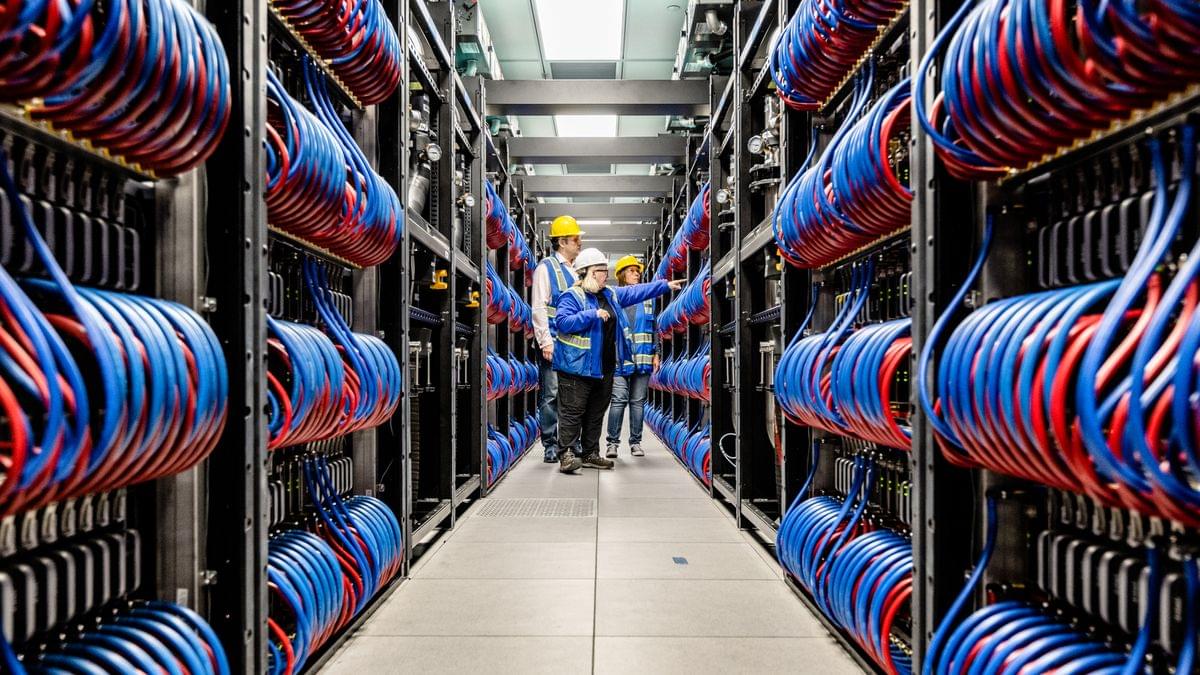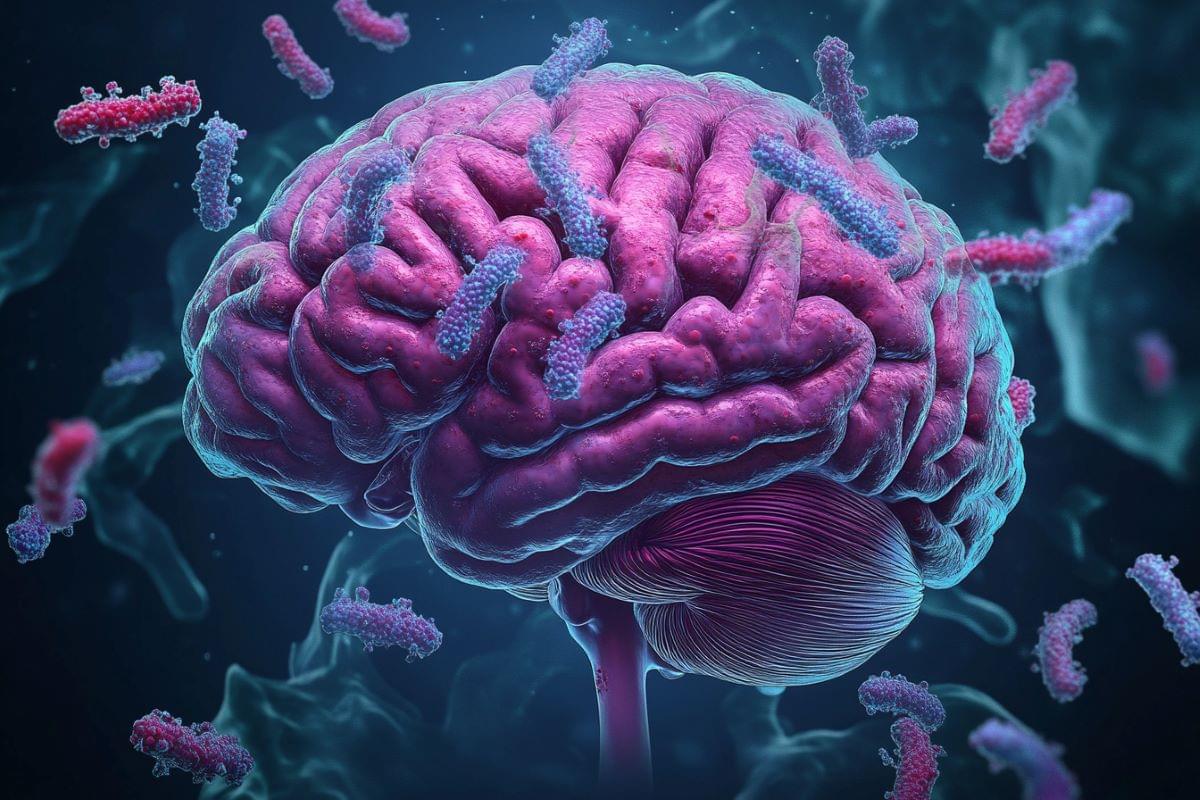#asi #singularity.
Is AI about to take a giant leap forward? This video dives into the distinctions between AI, AGI, ASI, and the Singularity, exploring the potential risks and rewards of this rapidly evolving technology.
Prepare to unravel the stages of Artificial Intelligence (AI), Artificial General Intelligence (AGI), Artificial Super Intelligence (ASI), and the Singularity. We’ll discuss the differences between these concepts and what they might mean for the future of humanity.
What do you think? Is this progress something to fear? Join us as we explore the scary and promising possibilities of advanced AI. Let us know your thoughts in the comments below!
👉 Try Murf AI: https://get.murf.ai/w059y5clphi9
👉 Try Notion AI: https://affiliate.notion.so/oh8774ntqk1s.



